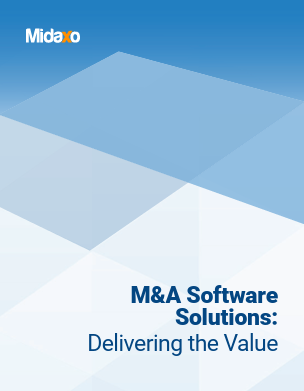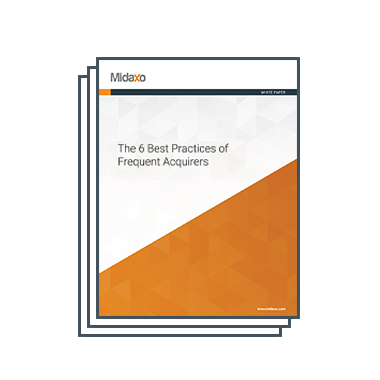During a live Q&A earlier this summer — Preserving the Spark: Realizing Value When Acquiring Smaller Companies — Galina Wolinetz, MD Integrations & Separations at Virtas Partners covered a broad range of considerations, challenges and watchouts that are unique to acquiring small, founder-led companies.
We were unable to answer every question from the engaged audience of M&A professionals during the session. However, below you will find these additional queries answered and organized into themes which broadly reflect the common challenges and unique circumstances of these types of deals. This is the second piece in a two-part blog series. Read How to Preserve Value in Small Acquisitions: Part I to learn more.
Change Management & Comms
Q: What are the critical change management activities?
Change management is essential to effectively navigate transition and major process changes. Some critical change management activities include stakeholder analysis and engagement, change readiness assessment, enlisting change champions, training, and ongoing communication. The ADKAR (Awareness, Desire, Knowledge, Ability, Reinforcement) framework can be a good guide to help design a change management program in an M&A integration.
Q: Is there an ideal frequency for enterprise-wide status updates?
The frequency of enterprise-wide updates varies widely depending on the pace and complexity of the integration. Updates should typically be provided at key milestones, major progress points or when significant changes occur. However, if there are major changes happening frequently, more frequent updates may be necessary to ensure everyone is well informed and can adjust their work accordingly.
Earnouts and Incentives
Q: What are some tangible examples of earnouts and incentives for key people? Other than a retention agreement what are some of the creative ways that the acquiring company can entice the original founder to stay onboard?
Examples of earnouts and incentives include:
- Performance based earnouts – Key individuals may be offered additional compensation or earnout payments based on predefined financial targets, such as revenue growth, profitability, or market share.
- Retention bonuses – These bonuses are typically based on the individual’s continued employment with the company for a specified period after the acquisition is completed.
- Equity or stock options – Granting equity or stock options to key individuals incentivizes their continued commitment and alignment with long-term growth objectives.
- Performance based bonuses – These bonuses can be structured to reward achievements in areas such as sales, customer acquisition, product development, or cost savings.
- Career development and growth opportunities – In addition to financial incentives, offering key individuals opportunities for career development, growth, and expanded responsibilities can be a motivating factor. Providing a clear path for personal and professional growth helps retain key talent and demonstrates a commitment to their development.
Integration Planning
Q: Do you have a set of standard KPIs for small deals or do they vary from deal to deal?
KPIs do vary from deal to deal but some common categories of metrics include:
- Financial performance metrics: These include metrics such as revenue growth, profitability, ROI, EBITDA and cash flow
- Customer and market metrics: These metrics assess the impact of the deal on the customer base and market position, example market share, customer retention rates, new customer acquisition etc.
- Employee engagement and culture metrics: These metrics gauge the impact of the deal on employee satisfaction, engagement, and cultural integration. Examples include employee survey results, turnover rates, employee satisfaction scores, and alignment with cultural values.
- Synergy metrics: These metrics evaluate the expected synergies from the deal. This can include cost savings, operational efficiencies, supply chain optimization, revenue growth opportunities, or cross-selling potential. Synergy KPIs help assess the realization of anticipated benefits and value creation.
- Time-to-value metrics: These metrics track the time taken to achieve specific value milestones or integration goals. This can include time to complete key integration activities, time to achieve cost-saving targets, or time to launch new products or services.
- Integration metrics: These metrics focus on the integration process and progress, including integration timeline adherence, achievement of integration milestones and successful completion of integration initiatives.
Q: What do you find is the best governance model particularly with small acquisitions? What makes that model better than others?
A hybrid approach between a centralized and decentralized governance model works best for small acquisitions. Shared functions such as Finance, HR, IT is typically centralized at the corporate level for efficiency and standardization, while sales and operations maybe kept separate to give the target company more autonomy in decision making as well as maintain local responsiveness. The governance model will ultimately depend on the unique characteristics of the deal.
Further Reading
For more information on integration of smaller companies including acquihires and roll-ups, read How to Preserve Value in Small Acquisitions: Part I and check out Midaxo’s piece on the challenges and benefits of acquiring smaller companies. Learn more about Galina Wolinetz and Virtas Partners.





